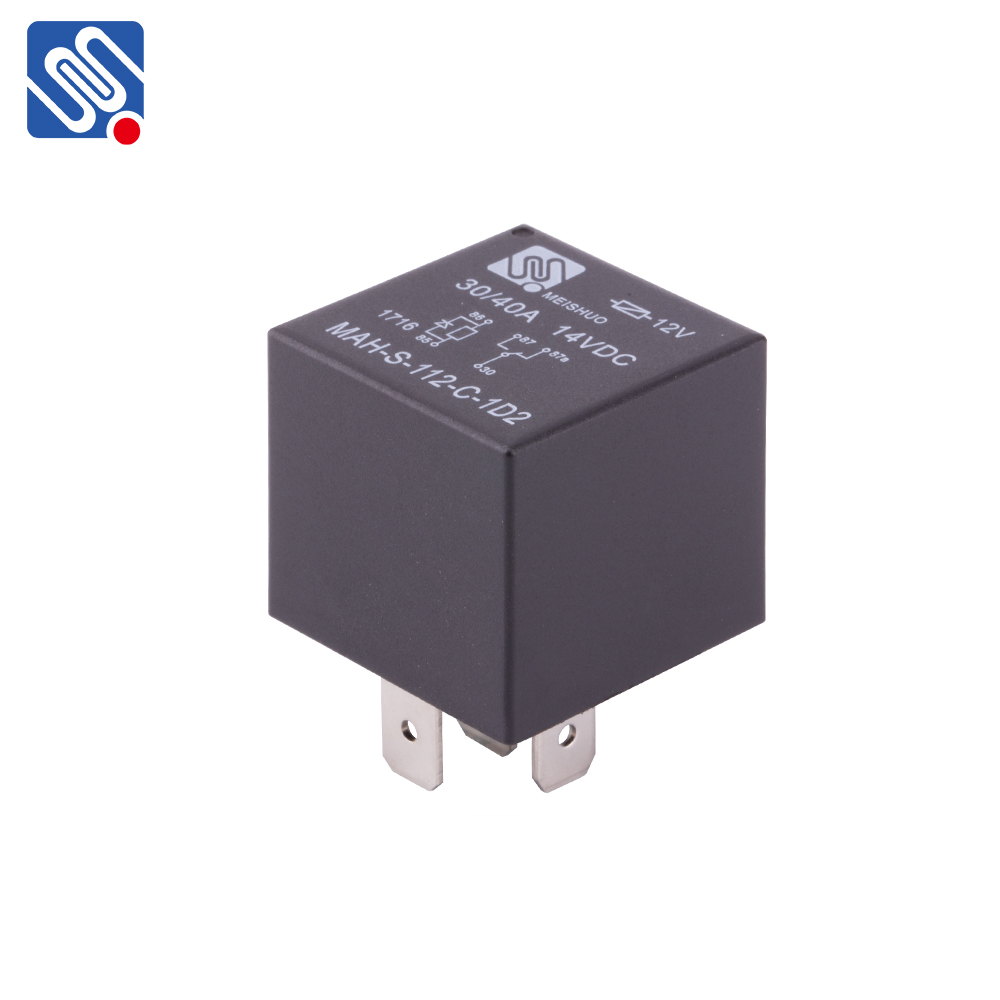Coil Voltage: This is the voltage required to activate the relay’s coil. The coil is responsible for generating a magnetic field when energized, which then opens or closes the relay’s contacts.

Contact Configuration: Relays can have different types of contact arrangements, such as: Single-pole, single-throw (SPST): A simple switch with one contact that can either open or close. Single-pole, double-throw (SPDT): A switch with one common contact and two possible positions. Double-pole, double-throw (DPDT): A switch with two common contacts and two positions for each contact. Contact Rating: The maximum current and voltage that the relay’s contacts can handle. This is important for selecting a relay that can handle the load of the device being controlled. Contact Resistance: The resistance between the relay contacts when closed. Lower resistance is desirable to minimize power loss and ensure efficient operation.